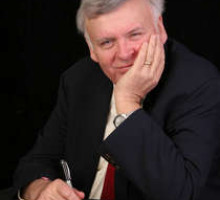
Reviews
For those seeking to understand both the definitions of many commonly-used words in the space field, as well as the origins, A Dictionary of the Space Age makes for a good investment.
This is a must-own reference for space history buffs.
The dictionary is well produced and easy to consult. For its comprehensive coverage of names, nicknames and technical terms and for its excellent discussion of the origins and use of terms, it is a very useful supplement to standard dictionaries as well as an invaluable guide for anyone interested in past or present space exploration and its terms.
Well-researched, concise compilation that would be a good source for basic information and as a beginning to further research.
If you are interested in learning more about space flight—or wish to do so—this is a good book for you.
Book Details
Foreword, by Steven J. Dick
Introduction and Notes on Method
Scope and Criteria
How to Use This Dictionary
Sources
Abbreviations
A Dictionary of the Space Age
Acknowledgments
Bibliography






